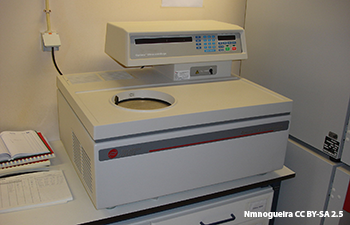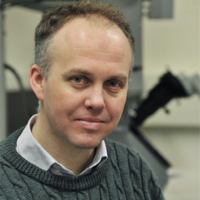Analytical ultracentrifugation (AUC) is a method for characterisation of macromolecules and their complexes. It can be applied to homogeneous and heterogeneous mixtures of proteins, carbohydrates and nucleic acids. For systems with well-defined stoichiometries it can provide weight values for individual species and sedimentation coefficient values, which combined provide a measure of shape. The Oxford centre has two AUCs: an XL-A providing absorbance optical detection and an XL-I providing absorbance and interference optical detection. The samples can vary from ~2kDa up to 100MDa and the absorbance (wavelengths 190-800nm) and interference means that optical properties of different molecules can be harnessed to their specific detection. Located in the University of Oxford Department of Biochemistry.
Microcal PEAQ Microcalorimeter. Located in the University of Oxford Department of Biochemistry.
Cracking stability using a pile of one-trick, protein-hungry tools is a ton of work. UNcle combines 3 different measurement modes — fluorescence, SLS and DLS. So you can crank out all your data in just a few hours, and use way less protein. All the info you’ll get makes picking the best formulation or protein construct a piece of cake. Located in the University of Oxford Division of Structural Biology (STRUBI).
You will need your own capillary strips.




